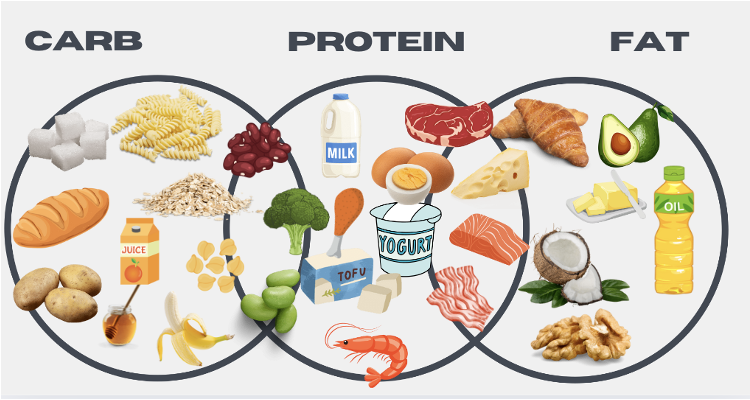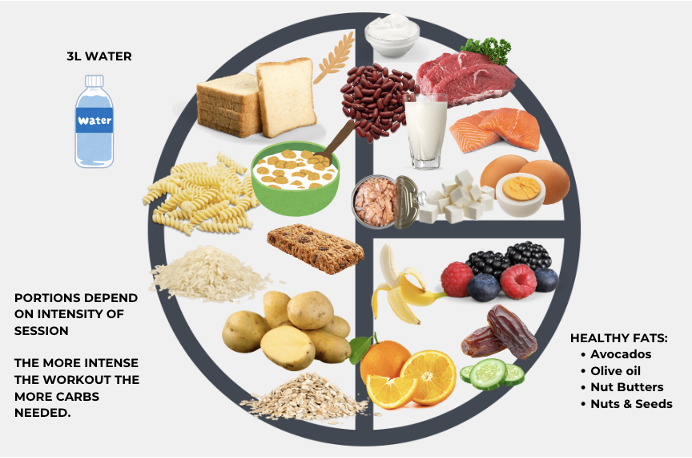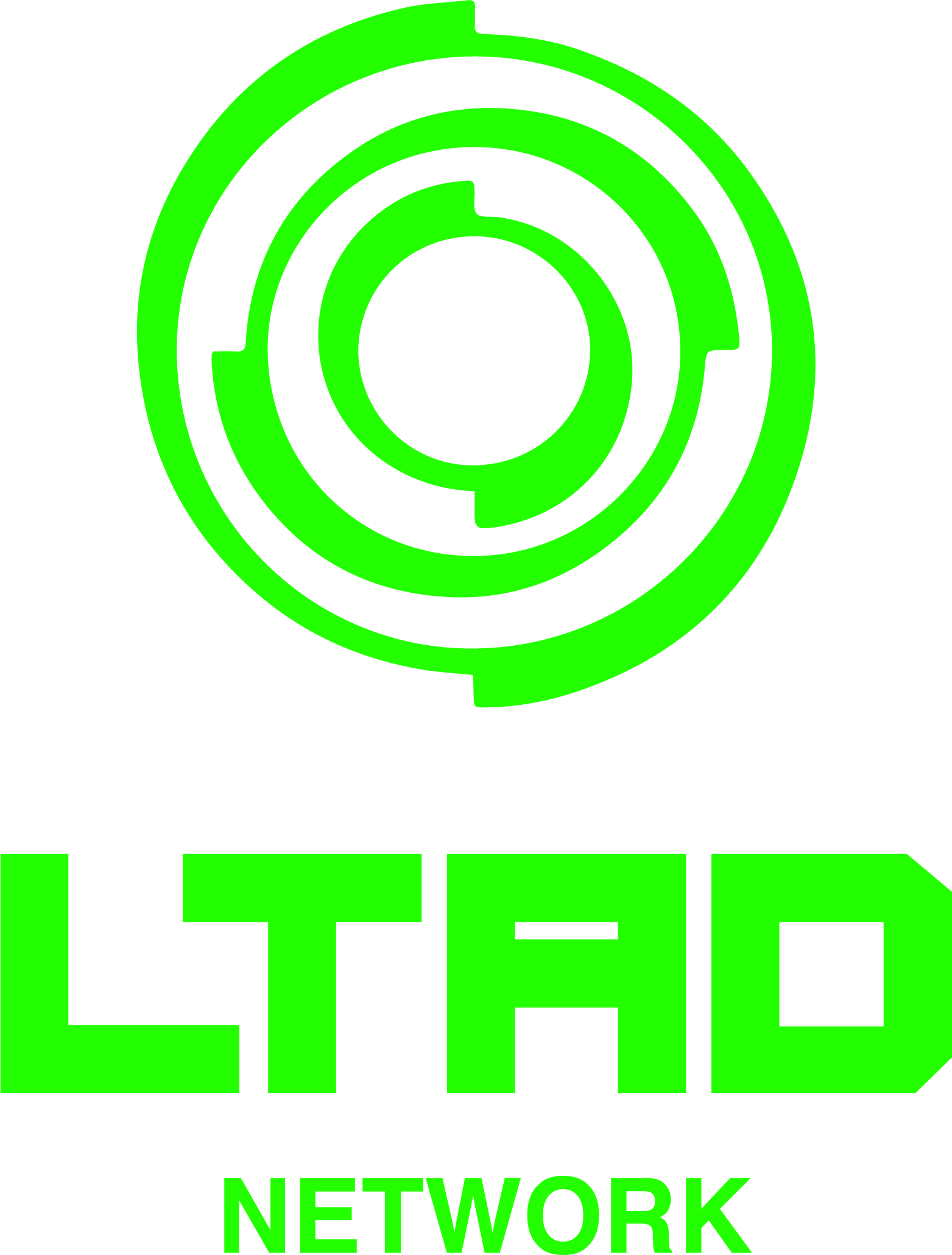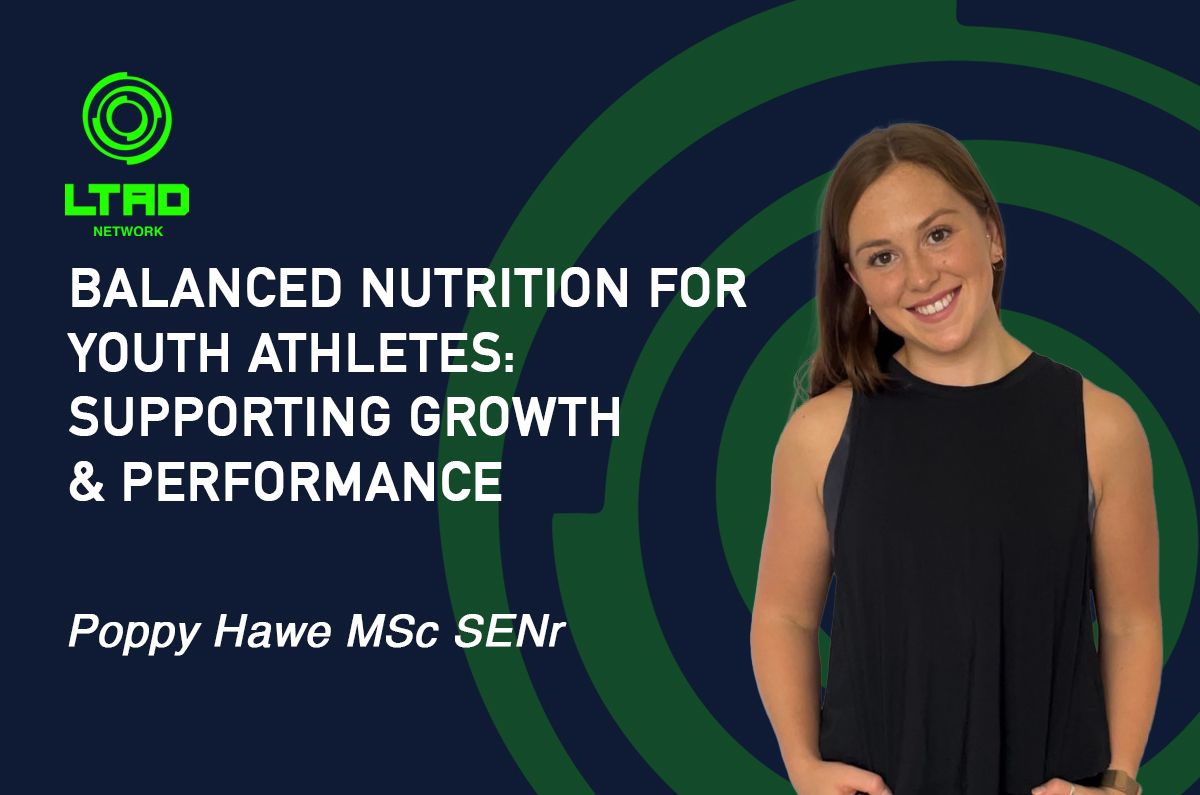Nutrition is a topic that
young athletes—and their caregivers—need to be well educated about to ensure
optimal health and performance. As youth athletes undergo growth spurts and
tackle high-intensity training, the right nutrition supports their development,
enhances recovery, and maximizes performance. It’s not just about how much they
eat; age, gender, and activity level also determine their unique nutritional
needs.
Educating young athletes
on proper nutrition provides them with lifelong tools to fuel their bodies
effectively, making a lasting impact on both their athletic performance and
overall well-being.
By implementing
straightforward strategies, we can ensure young athletes receive balanced
nutrition with the right mix of macronutrients and portion sizes. Small,
consistent changes can significantly impact their energy levels and overall
performance.
Young athletes have unique
energy and nutritional needs, which can vary significantly based on their age
and gender:
Age Differences
For athletes aged 7 to 10 years, smaller,
more frequent meals are essential due to their faster metabolism and growth.
Nutrient-dense snacks like fruits, yogurt, and whole grains provide quick
energy. As they transition into their pre-teen and teenage years (11 to 15),
larger meals become necessary, especially around training sessions. Focusing on
carbohydrates and protein during this stage supports
muscle development and recovery.
Gender Differences
Boys typically require more calories,
particularly in strength-based sports, due to increased muscle mass. Girls have
different needs surrounding calcium and iron, especially during menstruation,
to promote bone health and avoid deficiencies that could hinder their
performance. While both genders should aim for frequent balanced meals, slight
adjustments may be necessary to meet their distinct needs, especially if the
athlete has specific dietary needs such as vegetarianism, veganism or allergies/intolerances.
It's important for
caregivers to recognise that active children may need more food than what is
typically considered "normal” or inline with their non-active peers. They
shouldn't hesitate to provide additional options to support their kids, regardless
of the potential external judgments of food choices or portion sizes with their
active children.
To ensure proper fueling,
understanding the three key macronutrients is vital:
Carbohydrates: The body’s primary source of energy, converting into glycogen to
fuel muscle activity. Young athletes should aim for 5-10g/kg of body weight per day depending on their training level
(see Infographic 1 for sources).
Protein: Essential for
muscle repair and growth, especially for those engaged in rigorous activities.
Recommendations suggest approximately 1.0-1.6
grams of protein per kilogram of body weight daily, depending on training
intensity (see Infographic 1 for sources).
Fats: Necessary for hormone production and overall health,
and they provide a dense source of calories. Aim for 1-1.2g/kg of body weight per day (see Infographic 1 for sources).

Infographic 1: Sources of Carbohydrates, Proteins, and Fats that support a balanced diet for young athletes.
Inevitably there are obstacles and challenges to implementing good nutrition with young athletes below are some common challenges and suggested solutions:

Sweets and simple
carbohydrates can be a great pre-workout fuel for youth athletes. A small treat
can provide a quick energy boost, helping to enhance performance, especially
during shorter, high-intensity training sessions. Foods like fruit juice, energy
gels, gummy candies or cereal bars can help maintain energy levels and improve
focus. While moderation is key, including sweets in a balanced diet can offer
physical and psychological benefits, ensuring young athletes enjoy their
nutrition while fueling their passion for sports.
While macronutrients are
often the topic of conversation, the importance of micronutrients—vitamins and
minerals—shouldn't be overlooked, as they are essential for health, growth,
recovery, and performance. Key micronutrients for young athletes include calcium,
vitamin D, and iron.
Calcium and vitamin D are
crucial for bone strength, especially during adolescent growth spurts. Good
sources include dairy, leafy greens, and fortified foods, with vitamin D also
synthesized through sunlight. Adolescents need 1,300 mg of calcium and 600 IU
of vitamin D daily.
Iron is vital for oxygen transport and energy production, is
especially important for endurance athletes and post-menstrual girls. Found in
lean red meat, fish, legumes, and fortified cereals, iron’s absorption is
enhanced when paired with vitamin C-rich foods. Recommended daily iron intake
is 11 mg for boys and 15 mg for girls aged 14-18.

Here's a simple guide for
parents and young athletes to create balanced meals:
Protein: About ¼ of the plate (lean chicken, fish, tofu, eggs).
Carbohydrates: Another
¼ for whole grains or starchy vegetables (brown rice, pasta, sweet potatoes).
Vegetables and Fruits: Fill
half the plate with colorful veggies and fruits for fiber, vitamins, and
minerals.
Healthy
Fats: Add a small portion of
healthy fats, like a handful of nuts or a drizzle of olive oil.
On a day where there is more training/exercise a higher proportion of carbohydrate on the plate can be used to adequately fuel (see infographic 2).

Infographic 2: A visual of a balanced plate, looking at the distributions of protein, carbohydrates and fat with a higher distribution of carbohydrate (1/2 plate).
For a child who attends
school and trains in the evening, here’s a balanced meal plan to fuel their
day:
Breakfast: Oatmeal topped with banana, peanut butter, and a glass of milk or
fortified plant milk.
Mid-Morning Snack: Apple
slices with a handful of almonds.
Lunch: Whole-grain turkey
and cheese sandwich with lettuce and tomato, baby carrots, and Greek yogurt.
Afternoon Snack (Pre-training): Whole-grain crackers with hummus and orange slices.
Dinner (Post-training): Grilled
chicken, brown rice, steamed broccoli, and a small salad with olive oil.
Evening Snack: Cottage cheese with mixed berries (optional).
Empowering young athletes and their care-givers with nutrition knowledge and balanced nutrition is
essential for young athletes to support their growth, enhance performance, and
promote overall well-being.
By understanding their unique energy demands based
on age, gender, and activity level, caregivers can make informed choices to
provide the right mix of macronutrients—carbohydrates for energy, protein for
muscle repair, and healthy fats for hormone production.
Additionally, key
micronutrients like calcium, vitamin D, and iron play a crucial role in bone
strength, oxygen transport, and overall health.
Hydration is equally important, with consistent water
intake ensuring sustained energy and cognitive function. Small, practical
strategies, such as preparing nutrient-rich meals, offering balanced snacks,
and involving children in meal planning, help build lifelong healthy eating
habits.
Parents and caregivers should also recognize that active children
require more food than their less active peers, and portion sizes should
reflect their increased energy demands. By prioritizing well-rounded nutrition, young athletes can perform at their best, recover efficiently, and develop a strong foundation for lifelong health.
- Energy Needs Vary – Age, gender, and training
intensity influence dietary requirements.
- Balanced
Macronutrients
– Carbohydrates, proteins, and fats must be appropriately distributed for
sustained energy and muscle recovery.
- Micronutrient
Focus –
Calcium, vitamin D, and iron are crucial for bone health, oxygen transport, and
overall athletic performance.
- Hydration is Critical
– Regular water intake prevents fatigue and supports cognitive function.
- Practical
Strategies Work
– Prepping snacks, packing extra food for school, and including quick meal
options can help young athletes stay fueled.
- Nutrition is
a Long-Term Investment – Educating children on healthy eating habits ensures lasting
benefits beyond their athletic years.






